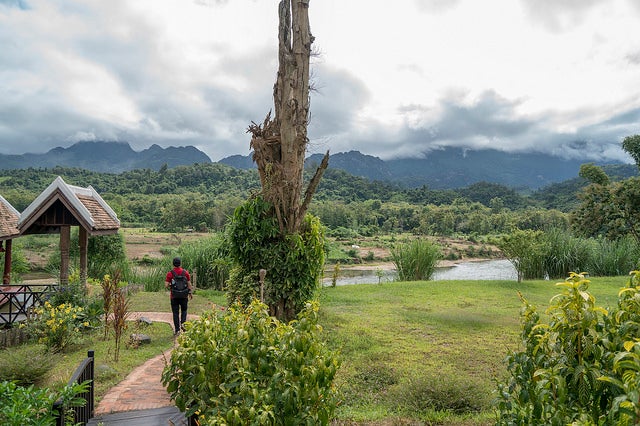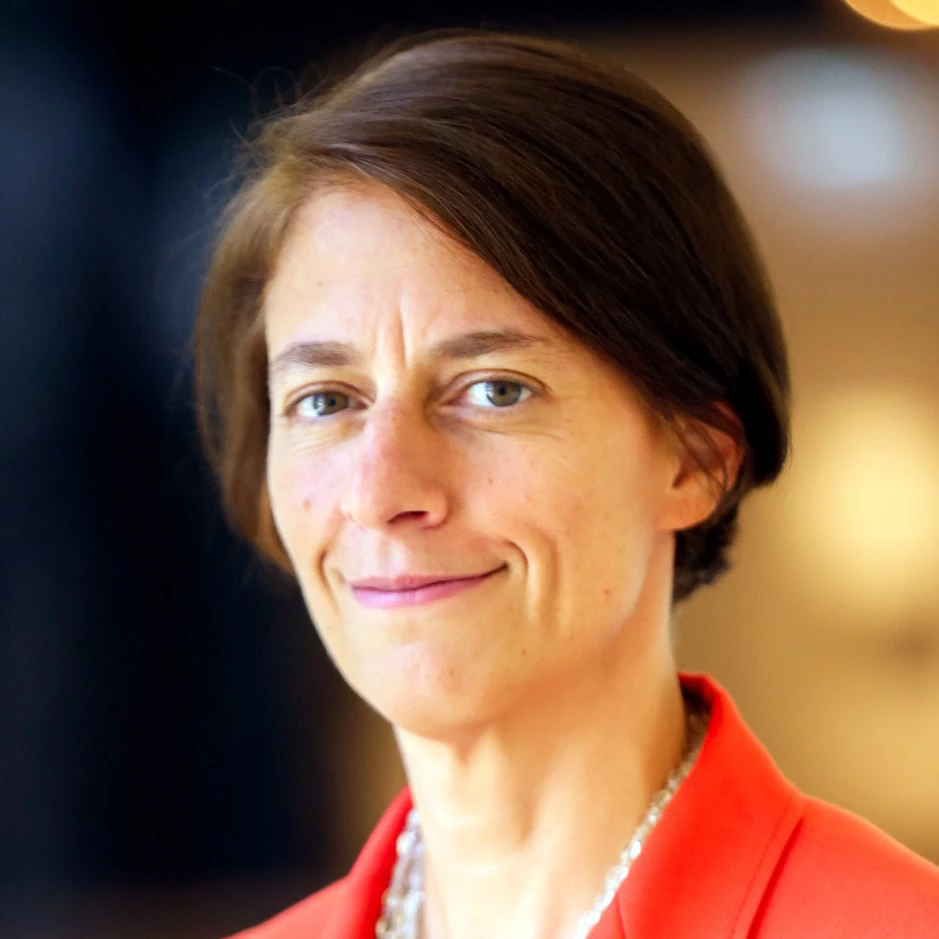
If you skimmed the news this year, 2017 may have seemed like a tough year for climate change.
The US and the Caribbean endured a devastating hurricane season. People across Africa felt the impact of consecutive seasons of drought that scorched harvests and depressed livelihoods. And severe rains and flooding forced tens of thousands of evacuations in Asia.
We’ve all seen these headlines, and perhaps several others that leave us feeling discouraged, to say the least. The thing is, these headlines do not tell the full story.
It’s work that doesn’t move as fast as some of the negative headlines roll out. But these are groundbreaking programs with tremendous potential for mitigating climate change and improving livelihoods. They are programs that need to be part of the conversation when we are talking about the state of the planet and climate change.
2017’s encouraging progress and results
Under the FCPF this year, nearly all the 47 participant countries are well on the way to building the foundation needed to implement REDD+ (which stands for reducing emissions from deforestation and forest degradation). These activities include improving governance, boosting stakeholder engagement, designing safeguards systems, preparing climate action strategies, and developing forest emission reference levels and national forest monitoring systems. Nineteen of these countries have made significant progress and are now onto designing their programs on the ground.
Ghana’s emission reductions program, for example, spans approximately 6 million hectares, and like many others in the FCPF is helping to address some of the most complex drivers of deforestation.
“Poverty prevents you from seeing the good in an intervention,” says Roselyn Fosuah Adjei from Ghana’s Forestry Commission. “If I have to eat today and there is a forest I can cut down to buy food, that’s my number one priority. I’m not thinking about tomorrow. So, if we can begin to break these poverty cycles by helping farmers increase their yields, that is a huge opportunity, and that’s what this FCPF program helps us do.”
Countries working with the BioCarbon Fund ISFL also made great progress in 2017 to develop emission reductions initiatives. Indonesia’s program, which covers 5 million hectares in the Jambi province, was officially added to the portfolio. Backed by an $18 million ISFL grant, Ethiopia launched its Oromia Forested Landscape Program which will help lay the groundwork for sustainable forest management and investment.
And last month, Mexico was accepted into the ISFL pipeline. The program focuses on development opportunities, in particular through private sector engagement—both with community enterprises and large companies, like Coca-Cola and Bimbo Bakeries. The initiative will benefit from at least $66 million in finance through a combination of ISFL grants and IBRD loans, and the country will prepare a program to receive payments for emission reductions from the ISFL. Mexico is the first additional country to be included in the ISFL beyond the initial target countries (Colombia, Ethiopia, Indonesia, and Zambia).
A big year ahead
In 2018 both initiatives will hit milestones: the ISFL will mark five years while the FCPF will celebrate its 10-year anniversary. It is amazing to think that an idea for the FCPF in 2008 to create a $100-million carbon fund, has evolved into a now $1.1 billion fund that also supports REDD+ readiness, and has 60 countries involved, including donors, NGOs, and the private sector. I anticipate it will be quite gratifying next year to hear from all of these stakeholders on the progress made so far, and what the next 10 years of REDD+ should be about.


Join the Conversation